Netflix CEO Called Out By Christopher Nolan Cinematographer
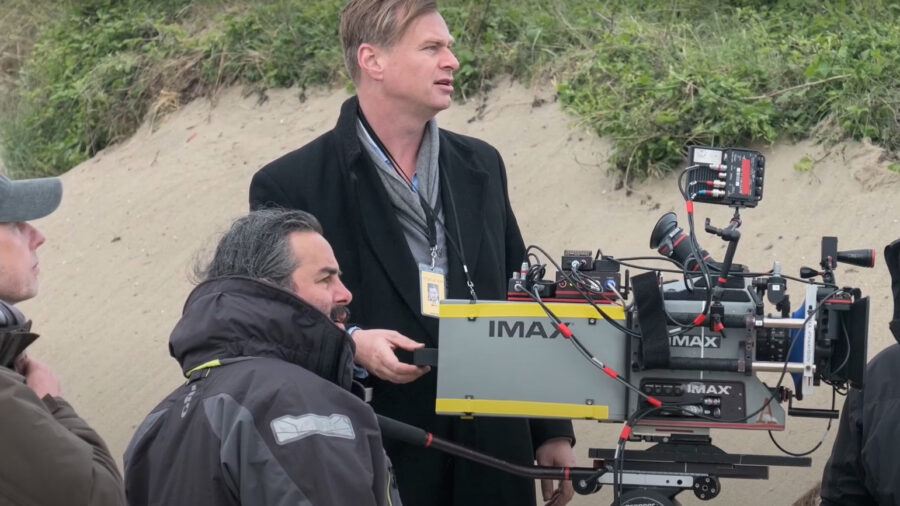
Netflix CEO Ted Sarandos has found himself in hot water recently, particularly with celebrated cinematographer Hoyte van Hoytema, beloved for his work on Christopher Nolan’s Oscar-winning film Oppenheimer. After the CEO claimed that both Barbie and Nolan’s films would have earned equally sizable numbers had they streamed on Netflix, Van Hoytema clapped back, describing how the relatively tiny screen of a smartphone would and could never compare to the actual experience of seeing a quality movie in the theater.
You Can’t Replicate The Theater Experience
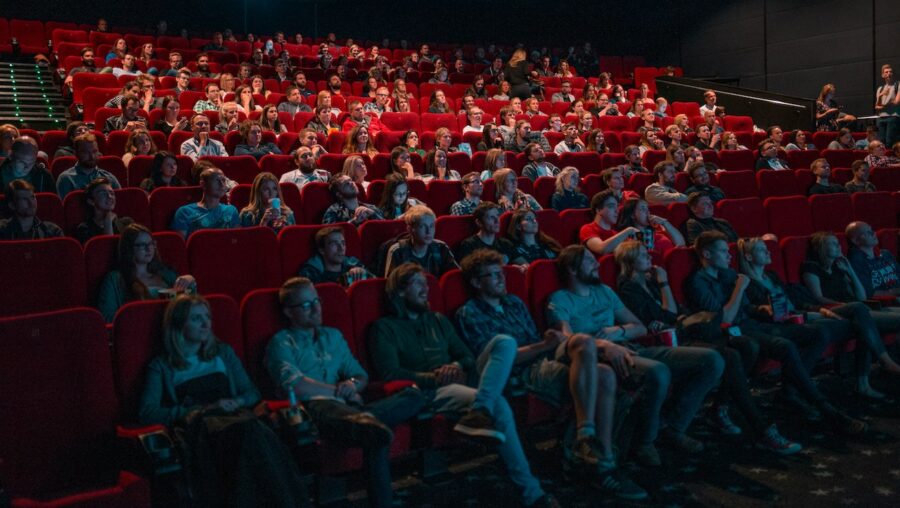
In the cinematographer’s own words, viewing a film in theaters amounts to an experience “expertly curated by filmmakers and artists.” Whereas, by contrast, binging a more casually produced and less immersive work—the kind of projects typically on Netflix—doesn’t realistically compare. In Van Hoytema’s eyes, screening a Netflix title subjects viewers to the streaming website’s standards, whereas seeing a film like Oppenheimer in theaters treats them to Christopher Nolan’s fully-fledged vision.
And what a vision the movie was. After all, Van Hoytema shot the movie, starring Cillian Murphy in the titular role for which the Irish actor snagged an Oscar, on IMAX 70mm film cameras. This high-standard film, as opposed to digital, imbued the project with an unmistakable theatrical flare.
Nothing Wrong With The Small-Screen Treatment
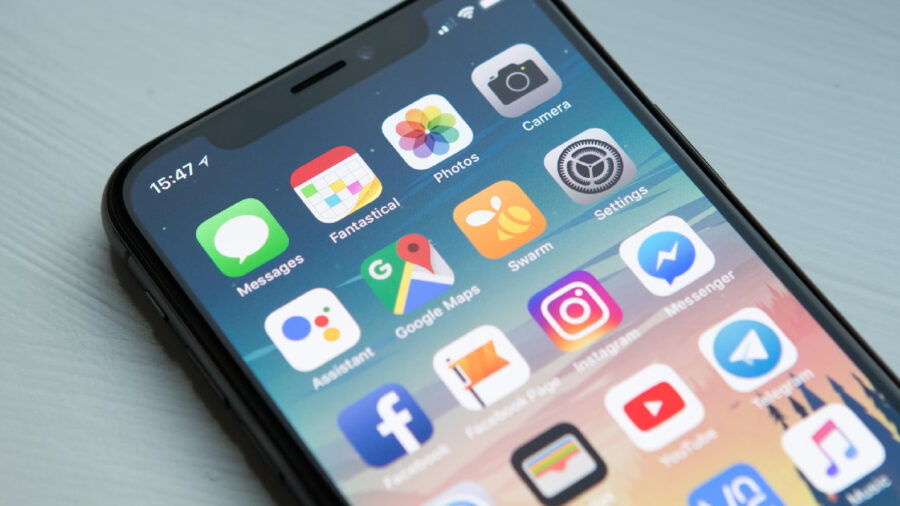
Of course, the streaming giant’s CEO feels differently. For example, to support his perspective that any screen of any size suffices when it comes to consuming content, Sarandos quipped that his son took in the classic epic Lawrence of Arabia on a phone.
This concept voiced by Netflix’s CEO inevitably strikes cinephiles–especially respected Hollywood cinematographers like Christopher Nolan’s–as heresy.
Before you start envisioning an Old West-style duel between Van Hoytema and Sarandos, it’s important to clarify that, despite his strong feelings on the subject, the cinematographer does not harbor ill will toward Sarandos. In fact, the creative even admitted to watching films on mobile devices himself.
Is Streaming A Disservice To True Art?

That said, the artist gave his frustration free reign, articulating that meticulously fashioned cinematic moments could genuinely be impoverished by shrinking them to tiny screens. On a technical level, what gets shortchanged is the work’s resolution and color depth.
Which, to hear Van Hoytema tell it, is an affront to the excess of labor and dedication filmmakers inject into their works; neither Netflix nor any streaming service can’t expect an Imax-intended film like Christopher Nolan’s to live up to its potential on handheld devices.
Shots Fired
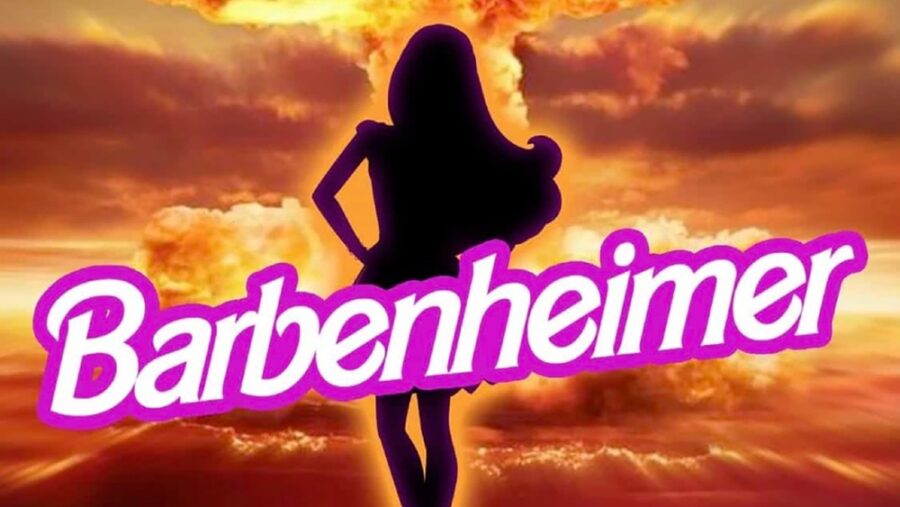
The first shots of the controversy were fired when Sarandos spoke with the New York Times; it was in this interview that the CEO claimed Barbenheimer would have killed it on Netflix. The executive went on to venture that, countering Van Hoytema, no films function particularly well or poorly on streaming or in theaters—that is, each method of viewing is sufficient.
A High Quality Experience
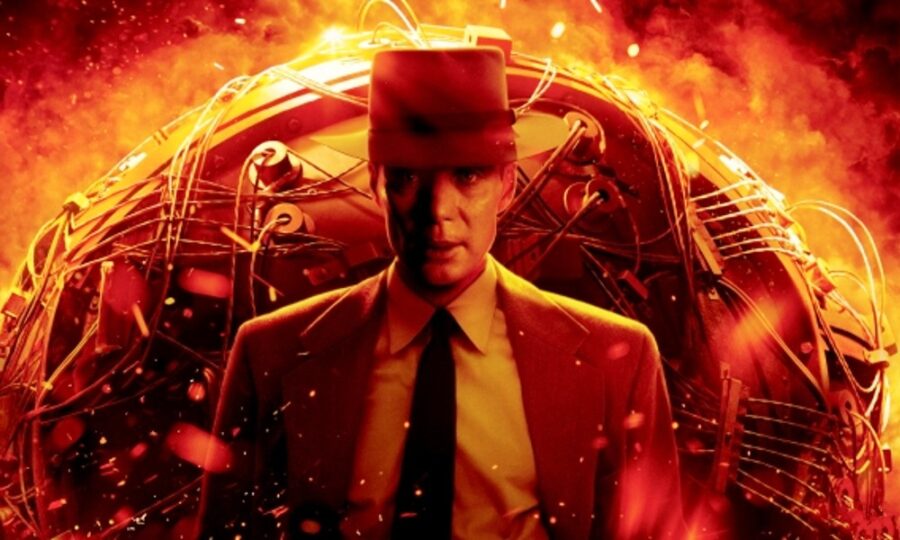
Of course, the reaction on social media was as quick as it was brutal, with many, like Brandon Davis, poking fun on X (formerly Twitter), pointing out that all the audience participation surrounding Barbie—people wearing pink, for instance, or taking endless selfies outside the theatres—would not, obviously, have taken place at home.
It’s a compelling point, one Netflix should consider; if anything, because both Barbie and Christopher Nolan’s Oppenheimer heralded a “the movies are back” cultural wave, which probably couldn’t have taken place if, like so many titles, the films were relegated strictly to streaming.
Source: TMZ










